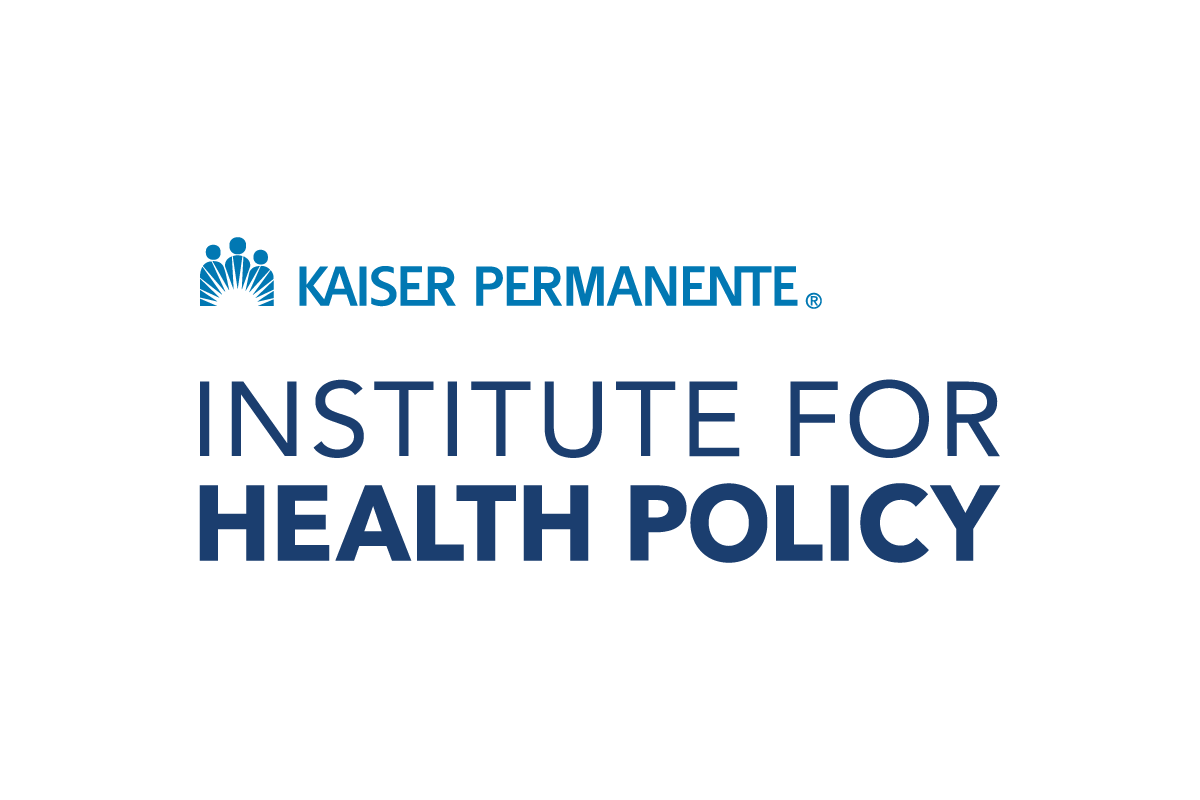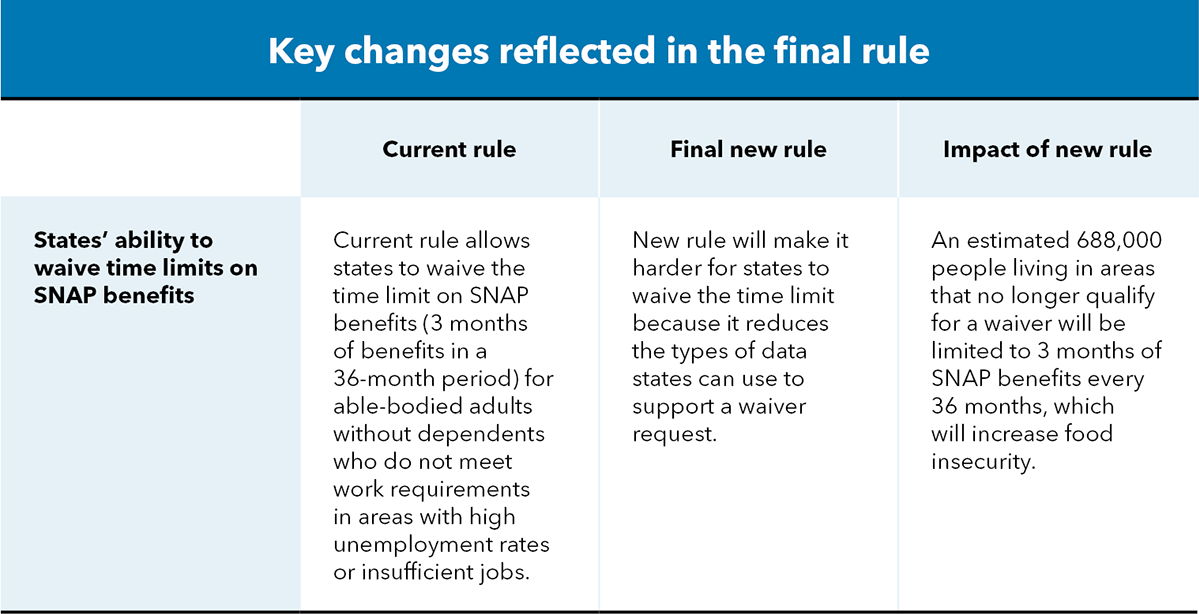
At the start of a new year, we reflect on the past and what we’re looking forward to in the months ahead.
For us, this means reflecting on what we are thankful for: family, friendships, good health, a shared meal, among many other things that bring our lives meaning. In December, the U.S. Department of Agriculture’s Food and Nutrition Service released a final rule that reminded us of something that we are thankful for every day — access to food. At Kaiser Permanente, we believe all people should have access to healthy food throughout their lives.
Unfortunately, the USDA’s final rule makes it more difficult to receive food assistance under the Supplemental Nutrition Assistance Program, or SNAP, also known as food stamps. SNAP is the largest anti-hunger program in the United States, providing essential food assistance to nearly 40 million low-income Americans. The ruling in December is the first of 3 proposed USDA rules to scale back SNAP benefits.
What’s changed in the new rule?
The new rule restricts the states’ ability to waive time limits on SNAP benefits for able-bodied adults with no children or dependents based on job availability in the area. The new rule is expected to result in nearly 700,000 people losing access to SNAP benefits, and a reduction in these benefits by an estimated $5.5 billion over the next 5 years.
We are disheartened by these changes, as SNAP is the primary source of nutrition assistance for many low-income Americans and plays a critical role in addressing food insecurity in the communities Kaiser Permanente serves.
This rule also creates other barriers for states to receive waivers. For example, it limits the number of unused exemptions that states can carry over from one fiscal year to the next, and changes the data and evidence standards that states must meet to receive waiver approval from the USDA. Also, the rule changes how states may define the waiver area.
The new rule fails to understand the barriers people face in gaining employment
There are several fundamental problems with tying food assistance to employment status and the health of the national labor market.
First, the new rule does not measure individuals’ willingness to work, only whether they are able to find and keep a job. Just 3 months of SNAP assistance does nothing to enhance a person’s skills or ability to find meaningful employment and is unlikely to result in a significant increase in employment or earnings.
The people affected by this rule already face multiple barriers to finding quality, sustained employment, many of which are not reflected in the unemployment rate. For example, people who receive benefits may struggle with chronic illnesses that do not meet disability guidelines, making their ability to cover the cost of basic needs difficult if not impossible. Additionally, they may face obstacles such as hunger, homelessness, addiction, or lack of access to child care, available transportation, or educational opportunities.
Lastly, it is problematic to anchor eligibility for a food assistance program to unemployment rates. Unemployment rates are a measure of the whole labor market and do not reflect the fact that a person with less education may have a tougher time finding a job. Even in a healthy labor market, a person with a high school diploma or GED certificate is not able to compete for jobs that require a college or graduate-level degree. In setting a requirement for hours worked per week, the new rule does not account for part-time or seasonal work that may yield less than 20 hours per week over several months.
We believe access to healthy, affordable food is critical to maintaining health
Numerous studies show that access to food is a critical component to maintaining overall health. Food insecurity is linked to higher rates of serious and costly chronic conditions, including hypertension, coronary heart disease, asthma, and diabetes. Food insecurity is also linked to developmental and mental health problems, increased hospitalizations, and limited participation in routine daily activities.
The new rule will cut off basic food assistance to many of the most vulnerable members of the communities we serve, increasing food insecurity, worsening health outcomes, and likely increasing health care costs.
Kaiser Permanente is troubled by these changes and will continue to connect our members to vital nutrition assistance programs like SNAP because we know that participation helps reduce food insecurity and sets people up for improved health and economic outcomes.


